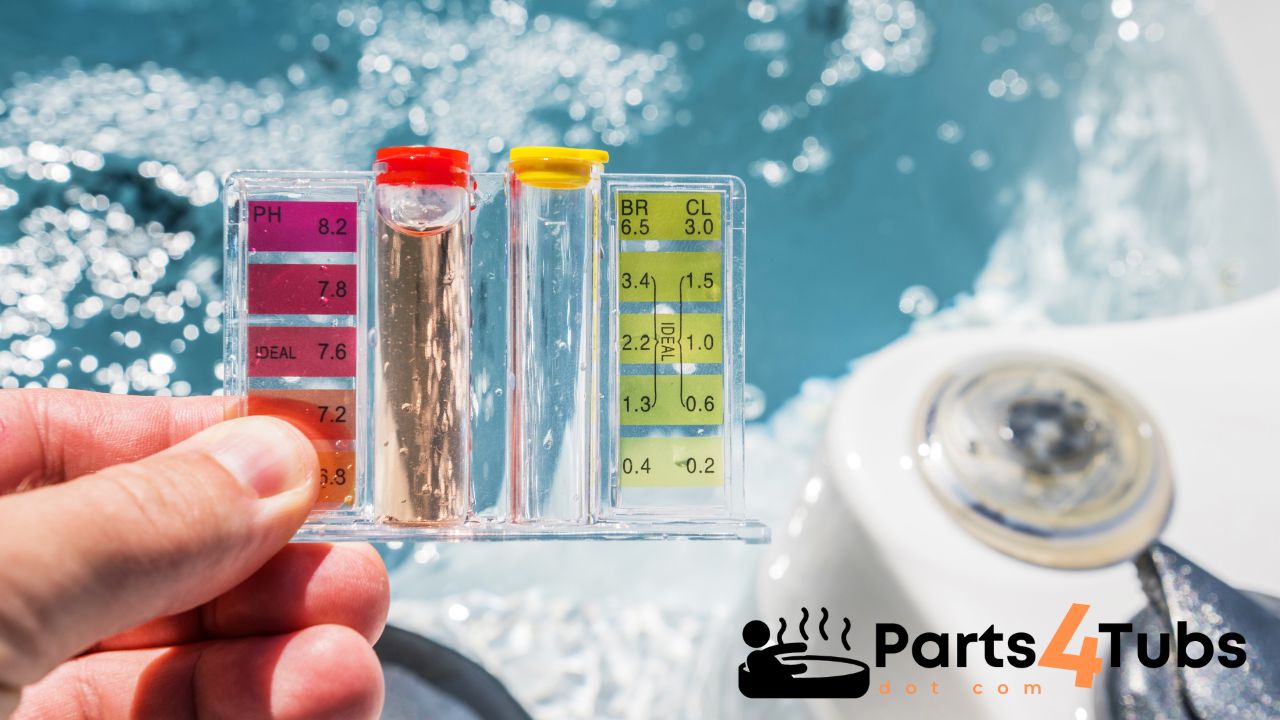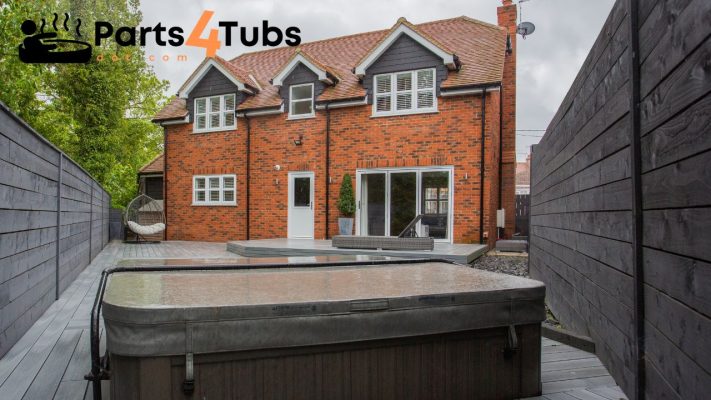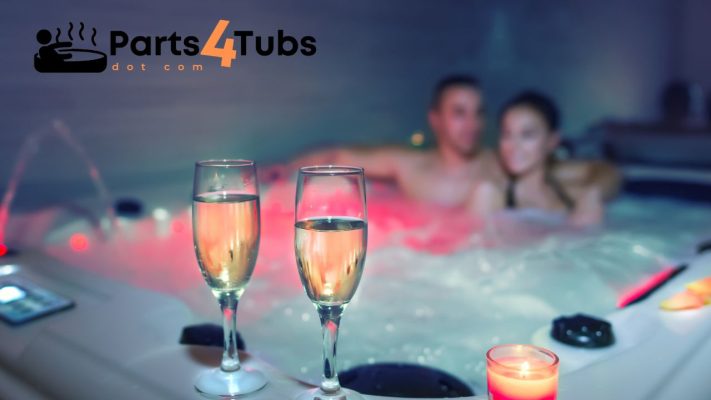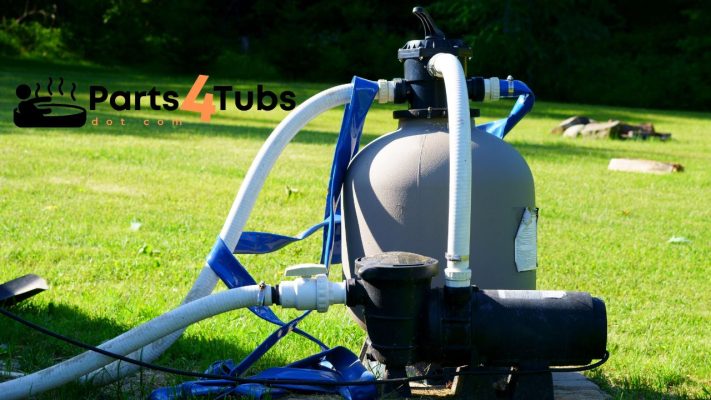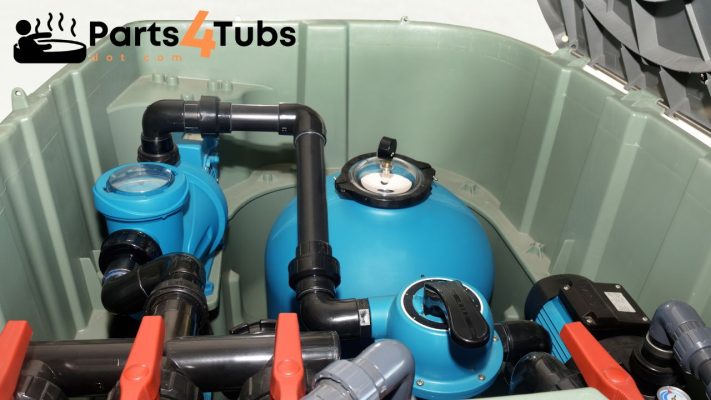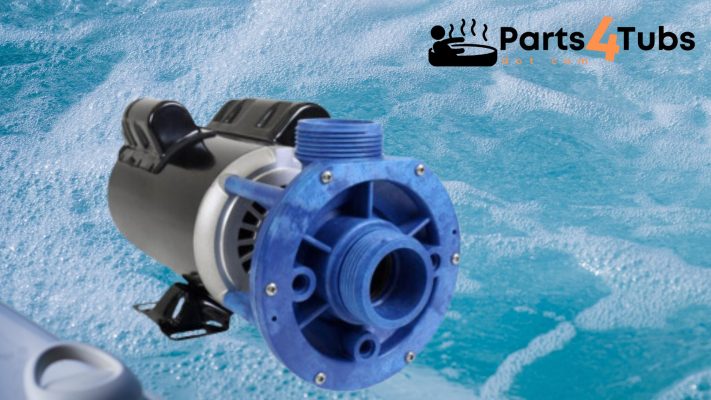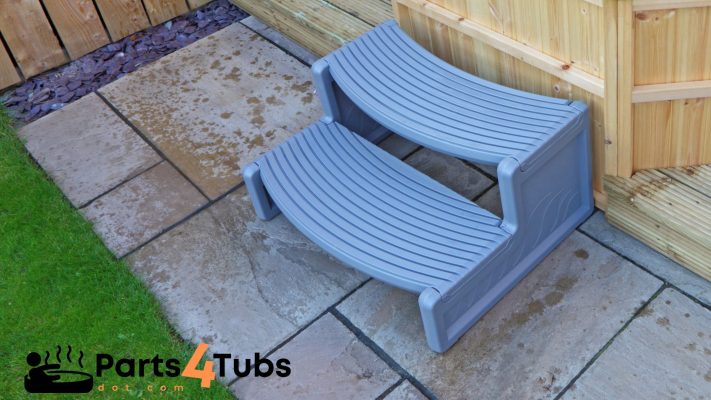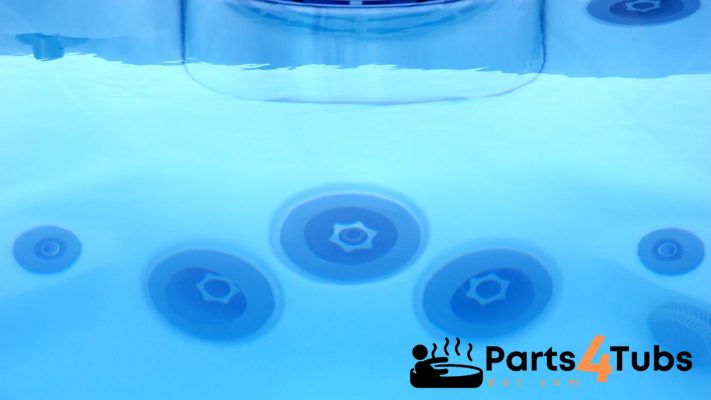Hot Tub Parts Related
Chlorine in a Hot Tub?
Chlorine in a hot tub – why? Stepping into your personal oasis, the warm embrace of your hot tub promises a world of relaxation and rejuvenation. Amidst the soothing waters and bubbling jets, there’s an unsung hero working tirelessly to ensure your experience remains enjoyable and safe. Enter chlorine – a key player in the chemistry that maintains the crystal-clear waters of your hot tub.
In this blog post, I’ll delve into the world of chlorine, exploring its vital role in hot tub maintenance, its effectiveness in sanitizing the water, and the careful balance required for a harmonious hot tub experience. Whether you’re a seasoned hot tub enthusiast or just embarking on your aquatic journey, understanding the significance of chlorine will undoubtedly enhance your appreciation for the pure delight your hot tub brings.
As your trusted source for all things hot tub-related, Parts4Tubs.com is here to guide you through the chlorine journey, ensuring your hot tub remains a haven of tranquillity.
Why do we have chlorine in a hot tub?
Imagine stepping into your hot tub, the warm water inviting you to unwind after a long day. As you sink in, you’re enveloped by soothing jets and the gentle embrace of comfort. But beneath the surface lies an essential guardian – chlorine. This unassuming chemical plays a pivotal role in maintaining the cleanliness and safety of your hot tub waters.
Chlorine is a powerful sanitizer, diligently working to eliminate harmful microorganisms like bacteria, viruses, and algae that can thrive in warm and damp environments. In a hot tub, where water temperatures are conducive to such growth, the presence of chlorine is essential to prevent the water from becoming a breeding ground for potentially harmful pathogens.
By introducing chlorine into your hot tub water, you create a shield that protects you and your fellow soakers from potential health risks. The chlorine molecules break down and neutralize contaminants, ensuring that your hot tub remains a haven of relaxation without compromising your well-being.
However, achieving the perfect balance of chlorine is an art – too little, and the water may become cloudy and unsafe; too much, and it could lead to skin and eye irritation. Finding this equilibrium requires regular testing, monitoring, and a deep understanding of hot tub water chemistry.
How does chlorine in a hot tub work as a sanitiser?
The Science Behind Chlorine: A Mighty Sanitizer in Your Hot Tub
Maintaining the crystal-clear, inviting waters of your hot tub involves more than just filling it up and turning on the jets. Enter chlorine – the unsung hero that stands guard against invisible threats lurking in your tub. But how does this unassuming chemical manage to keep your soak safe and enjoyable?
Chlorine is a potent sanitizer that works through a process called oxidation. When chlorine is introduced to water, it undergoes a transformation into hypochlorous acid (HOCl) and hypochlorite ions (OCl-). These active forms of chlorine are the ultimate clean-up crew, targeting and neutralizing a wide array of microorganisms that can lurk in warm water environments.
As bathers enter the hot tub, they bring with them an array of substances – sweat, body oils, cosmetics, and even bacteria. Chlorine’s job is to attack and break down these contaminants at a molecular level, rendering them harmless. It disrupts the structure of bacteria and viruses, preventing them from reproducing and spreading.
Chlorine’s power lies in its ability to break chemical bonds and oxidize organic matter. It eradicates pollutants by stealing electrons from their atoms, effectively dismantling them. This process leaves you with sanitized water that is safe for soaking.
What should the levels be for Chlorine in a hot tub?
When it comes to maintaining a sparkling and hygienic hot tub, achieving the right chlorine levels is crucial. Chlorine acts as a powerful sanitizer, eliminating harmful microorganisms and keeping your soaking experience safe and enjoyable. But what are the ideal chlorine levels, and how can you ensure they stay in check?
The recommended chlorine range for a hot tub typically falls between 1.0 and 3.0 parts per million (ppm). This range provides effective sanitation while minimizing the risk of skin or eye irritation for bathers. It’s important to note that different hot tub models and environmental conditions can influence chlorine consumption and effectiveness. For instance, a heavily used hot tub or exposure to direct sunlight can cause chlorine to dissipate more rapidly, requiring more frequent monitoring and adjustments.
To maintain the ideal chlorine levels, consider these steps:
Remember, chlorine is a powerful chemical, and proper handling and storage are essential to ensure your safety. Follow the manufacturer’s instructions on the chlorine product you’re using, and always store chemicals in a cool, dry, and well-ventilated area.
How do you test for Chlorine in a hot tub?
Maintaining the proper chlorine levels in your hot tub is essential for a safe and enjoyable soaking experience. Regular testing ensures that your water is sanitized and free from harmful microorganisms. Here’s a simple step-by-step guide on how to test for chlorine levels in your hot tub:
Step 1: Gather Your Materials
You’ll need a chlorine test kit, which is readily available at pool and hot tub supply stores. Most test kits include test strips or liquid reagents for measuring chlorine levels.
Step 2: Prepare Your Hot Tub Water
Before testing, make sure your hot tub water is well-mixed. Turn on the circulation system or use a clean pool brush to stir the water and ensure even distribution.
Step 3: Collect the Water Sample
Dip a test strip into the water and quickly remove it. If you’re using a liquid reagent test kit, fill a test vial with water from the hot tub to the designated level.
Step 4: Perform the Test
For test strips, wait for the indicated amount of time (usually a few seconds) for the color to develop on the strip. Compare the color of the strip to the color chart provided with the test kit. The chart will indicate the chlorine level in parts per million (ppm).
For liquid reagent tests, add the specified number of drops of the reagent to the vial. Close the vial and gently invert it a few times to mix. The water will change color, and you’ll compare the color to a color chart to determine the chlorine level.
Step 5: Interpret the Results
Refer to the color chart provided with your test kit to determine the chlorine level in your hot tub. The chart will typically show different color shades corresponding to different chlorine levels (e.g., 0 ppm, 1 ppm, 3 ppm).
Step 6: Take Action
Based on the test results, you can take appropriate action to adjust the chlorine levels if needed. If the chlorine level falls below the recommended range, you may need to add a chlorine-based sanitizer to the water. Follow the manufacturer’s guidelines on dosage and application.
Step 7: Record the Results
It’s a good practice to keep a log of your test results. This helps you track changes over time and establish a testing schedule based on your hot tub’s usage and environmental conditions.
What are the alternatives to Chlorine in a Hot Tub?
While chlorine is a common and effective sanitizer for hot tubs, there are alternative methods available for maintaining clean and safe water. These alternatives offer different benefits and considerations, allowing you to choose the option that best suits your preferences and needs:
Bromine:
Bromine is a popular alternative to chlorine and works well in hot water environments like hot tubs. It is effective at killing bacteria and other contaminants and remains stable at higher temperatures. Bromine is available in tablet or granular form and is often used with a bromine feeder or floating dispenser. One advantage of bromine is that it produces fewer odors and less skin and eye irritation compared to chlorine. However, it may require a higher initial cost.
Saltwater Systems:
Saltwater systems use a salt chlorine generator to convert salt into chlorine through electrolysis. While this method still produces chlorine, it eliminates the need to handle and store traditional chlorine products. Saltwater systems offer a more gentle and consistent chlorine release, resulting in a milder scent and reduced irritation. They also require less frequent monitoring and maintenance.
Ozone (O3) Systems:
Ozone systems use ozone gas to sanitize the water. An ozonator generates ozone by passing electrical current through air or oxygen, which is then injected into the hot tub water. Ozone is a powerful oxidizer that destroys contaminants and reduces the need for traditional sanitizers. It helps improve water clarity and reduces the amount of chemicals required. However, ozone is not a standalone sanitizer and is often used in conjunction with a residual sanitizer like chlorine or bromine.
UV-C (Ultraviolet-C) Systems:
UV-C systems use ultraviolet light to disinfect water by disrupting the DNA of microorganisms, rendering them harmless. These systems are effective at destroying bacteria, viruses, and algae. UV-C does not create residual sanitizers, so it’s often used in combination with other sanitizers to ensure continuous water disinfection. UV-C systems are energy-efficient and help reduce the reliance on chemical sanitizers.
Each alternative has its own advantages and considerations. When choosing an alternative to chlorine, consider factors such as your budget, water quality goals, and personal preferences. It’s important to note that even with alternative sanitizers, maintaining proper water balance and regular testing are essential for a safe and enjoyable hot tub experience. Consulting with a hot tub professional can help you make an informed decision and implement the best sanitation method for your specific hot tub setup.
Can I Help You?
If I can help you in any way I would love to hear from you. You can get in touch using the form below.
Thanks - Andi

